Asking Nikon About the Z 9, F-Mount Lenses, AI, and More
![]()
At the CP+2023 Camera & Photo Imaging Show in Japan earlier this year, I had a conversation with Keiji Oishi, Manager in the UX Planning Department of Nikon’s Imaging Business Unit.
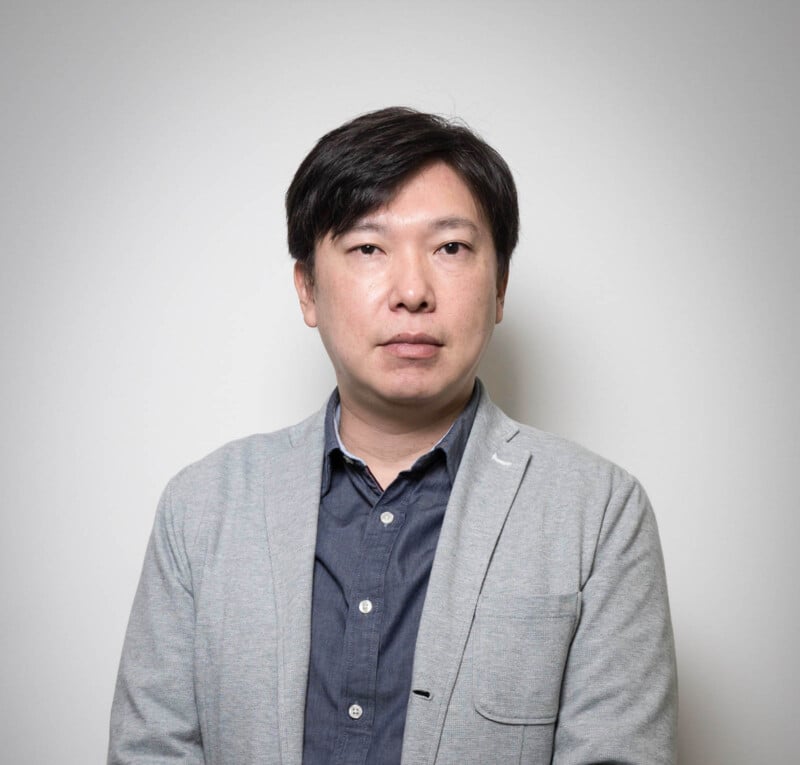
Table of Contents
The Z 9 Was a Huge Product. How Has It Done?
David Etchells: Thanks to COVID, it’s been a very long while since we last spoke, and a lot has happened in the meantime. The release of the Z 9 was probably the most significant event though; it seems like a real breakthrough for the Z-system and Nikon itself more broadly. Have its sales met, been below, or exceeded your expectations? Have any trends emerged, in terms of the types of users buying it? (Its video capabilities in particular are next-level.)
Keiji Oishi: I truly appreciate your high evaluation of the Z 9, Thank you. Despite the COVID pandemic, Nikon has continued to enrich our lineup with attractive products, including the flagship Z 9, which features heightened still image and video performance.
In addition to its advanced AF performance, adoption of the Real-Live ViewFinder which realizes enhanced value in the EVF experience, and long-time 8K video shooting capabilities, the Z 9 attracted attention for its elimination of the mechanical shutter. We are grateful to say that the camera is performing very well, exceeding our expectations.
The Z 9 has been widely popular with both professionals and amateurs. While the camera was planned as a flagship model, designed to provide professionals the confidence they require in their gear, it has also been very well received by amateur shooters who prefer products that share the same philosophy as that used by professionals.
Though Nikon has a strong image as a photography brand, we are happy to say that the Z 9 has also been receiving high praise as a video tool. For example, we’ve received feedback such as “The Z 9 is sure to be a camera that will be widely used in documentary programs in harsh environments” and “The Z 9 is a valid option for video production sites.”
More and more people are choosing the Z 9 for their video needs, and particularly, it has been very well received by small-scale production sites (one-off operation sites, etc.) for its ease of handling, image quality, and varied format options. Examples of usage include the shooting of music videos, as well as use in TV broadcasting stations.
While Nikon already had a strong mirrorless lineup, the Z 9 was a true breakthrough product for them. It leapfrogged the competition in multiple areas, but especially in its video capabilities. Nikon confirmed in a recent chat that sales continue to be extremely strong. With the Z8 now offering almost the same features in a more compact body for considerably less money, more and more longtime Nikon shooters who moved to other platforms in the earlier days of the mirrorless revolution are switching back.
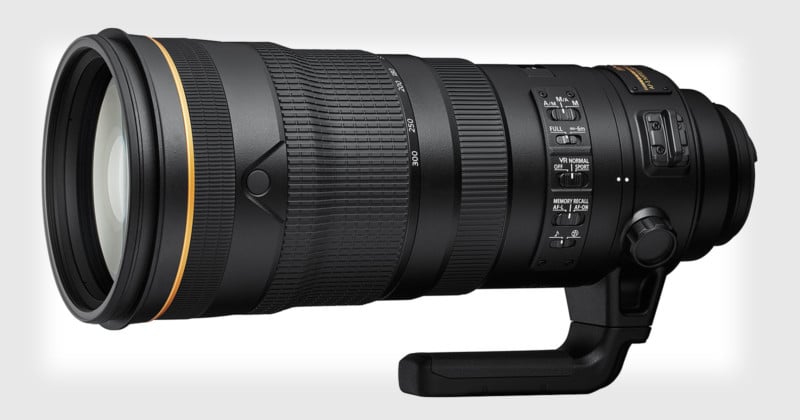
What Does the Future Hold for F-mount Cameras and Lenses?
DE: I was pleased to see your announcement of the D780 and the F-mount 120-300mm in January of 2020; both were great news for all the Nikon DSLR shooters out there. What percent of your current active users do you think are still shooting with DSLRs as their primary platform? Do you see existing DSLR users still buying new F-mount lenses, or have most lens sales now shifted to the Z-mount? I’ve been assuming that the decline in F-mount sales would be pretty rapid, but are there still a lot of existing users continuing to remain on and invest in the platform? Will the 120-300mm be the last F-mount lens?
KO: Nikon’s strategy is to focus on mid-to-high-end mirrorless cameras and lenses, for which there is strong demand. We have noted that many users have switched to our mirrorless system. On the other hand, we recognize that there are a certain number of users that prefer the digital SLR system for its various merits (optical finder, battery life, etc.), and we will continue with sales as well as providing support.
A not-unexpectedly-vague answer, but reading between the lines, it’s significant that Oishi-san’s answer doesn’t include any mention of developing new F-mount DSLRs or lenses. This makes sense; Nikon needs to devote all available resources to building out the Z-mount line of bodies and lenses to keep up with the competition, as that’s where the market is these days. Meanwhile, though, the D780 is a very capable modern body for current DSLR shooters, and the F-mount lens line is one of the broadest in the industry. Nothing is forever, but DSLR Nikon shooters have a solid array of products and apparently some years of support left yet.
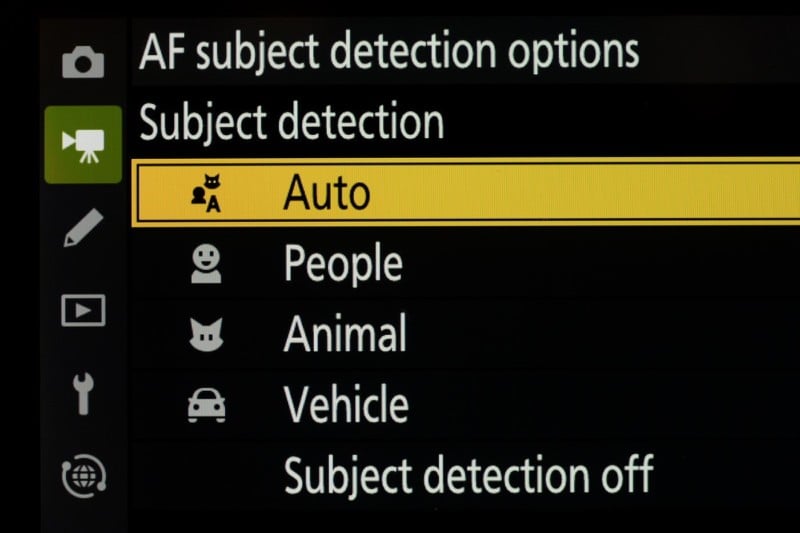
Can Firmware Updates Bring Some Z 9 Features to Other Models?
DE: Nikon has been very active in terms of releasing firmware updates for existing camera models, which I highly support. Will you be able to extend some of the advances in AI subject recognition we saw in the Z 9 to other models with lesser processors in them, or are those features entirely dependent on special capabilities of the EXPEED 7 chip? I assume that the EXPEED 7 processor in the Z 9 has dedicated circuitry to support machine-learning algorithms for subject recognition. Going forward, will we see that sort of hardware coming to lower-end models as well?
For our readers: The Z 9 uses an EXPEED 7 processor, the Z6II/Z7II use dual EXPEED 6 chips, and the Z5/Z6/Z7/Z50/Z30/Zfc all use single EXPEED 6 processors. The Z 9 has no less than 9 subject-detection categories, including people, dogs, cats, and birds, and cars, motorcycles, trains, airplanes, and bicycles. The Z6II and Z7II have subject-tracking modes for people and animals.
KO: Thank you for supporting our efforts around our continuous release of firmware updates. By releasing firmware that adds new functions or provides heightened performance, we are able to continue to excite and surprise our customers after the initial purchase. Our hope is that customers can continue to use their product with satisfaction for many years to come, and this value exists in the foundation of our product planning. We believe that this is something that our customers notice and appreciate. Since the Z 9 was released at the end of 2021, major firmware updates have been released continuously (twice, as of Feb. 2023), and the camera has evolved to the point where it’s almost a whole new product.
The technology developed for high-end models, such as flagships, is especially beneficial in assisting the shooting of customers who seek a mid-level or entry-level camera. Our philosophy is to not limit the technology to the top line but to expand it throughout and strengthen the lineup. Please look forward to our future endeavors!
Manufacturers’ statements about coming features or products are always vague and cryptic, but I’ll take Oishi-san’s answer here as good news that at least some of the advanced algorithms we’ve seen in the Z 9 and Z8 will make their way to lower-end models via firmware updates.
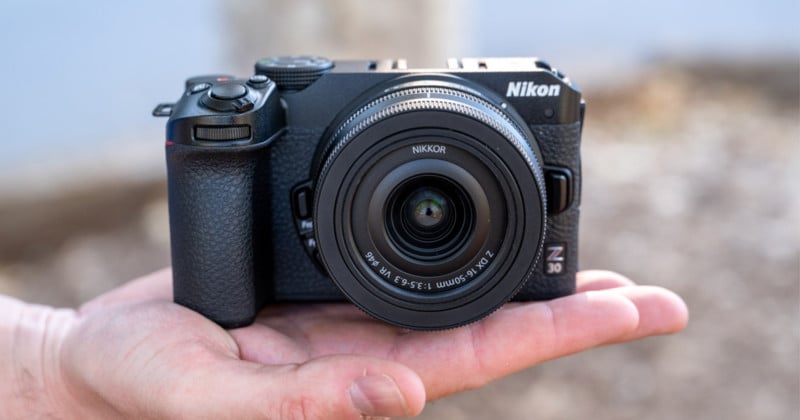
How Are People Using the Z 30? Mostly for Video, or Hybrid Video/Still?
DE: The Z30 is clearly aimed at video content creators on YouTube, Instagram, etc., especially with its “Creators Kit” bundles. [For our readers, these are kits that bundle the Z30 body, either one or two lenses, a mic, a “tripod grip” and remote control, at very affordable prices.] The camera certainly seems to tick all the boxes for video creators — how has its uptake been in that market? Do you see its users being primarily video creators, or are there a lot of amateur hybrid still/video users (or purely still shooters, for that matter) as well? Do you have any idea of the split between those categories?
KO: The Z 30 is especially popular among young content creators as a compact and lightweight camera suitable for daily Vlog shooting.
With the spread and growth of social networking platforms, images have become part of our daily lives. Uploading images and videos to social has become commonplace, and more and more people, especially young people, are looking for interchangeable-lens cameras for higher image quality, for both still and video.
Content creation is becoming more and more accessible, especially on social, and the demand for video, especially among young people, is steadily increasing. The boundary between video and still images is disappearing, and the Z 30 is being adopted not only for video shooting but also for still/video hybrid shooting.
We believe that a model suitable for entry-level video is important in meeting the needs of this segment.
I could have framed this question better, but the answer is still interesting. Oishi-san’s answer focuses a lot on a younger user demographic, which has become something of a holy grail for camera manufacturers. Given that, it’s significant that Oishi-san reported good sales for the Z30 among that age group. He didn’t give an answer for the split between video, hybrid, or still shooters, but reading between the lines, the hybrid still/video segment is a large one.
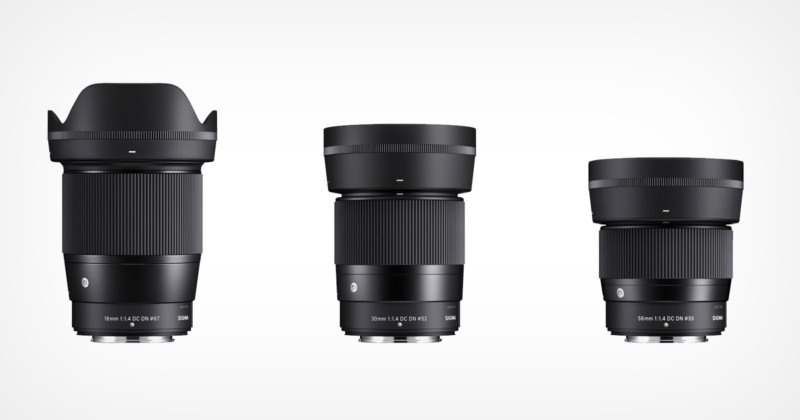
Will We See More Third-Party Lenses on Z-Mount Going Forward?
DE: I was very pleased to see that Tamron will be making Z-mount lenses. Will Sigma be able to as well? Sigma has a broad line that I think would benefit the Z-mount ecosystem greatly, and I’ve heard a lot of people comment on Canon’s exclusion of third parties from their RF system very negatively.
KO: In addition to Tamron and Cosina, Sigma also recently released a development announcement for Z-mount-compatible lenses. When lens manufacturers release Nikon-licensed lenses, customers are able to select products that meet their needs from a wider range of options; I believe that this is an important point for customers who are considering the Z mount system. It’s great that customers have more choices for lenses with various characteristics
It’s very encouraging to see Nikon licensing their mount and lens/camera communication protocol to third parties, but the progress to date has seemed half-hearted, at least when it comes to autofocus lenses, with just two Tamron zoom lenses and three Sigma primes available as I’m writing this in late August 2023. It’s good that Nikon has allowed at least that number of third-party lenses on their platform, but I don’t think it’s enough for photographers to feel that the platform is truly open. Nikon beats Canon on this point but lags far behind the likes of Sony, Fujifilm, Panasonic, Leica, and OM Digital. The fact that they allow any third-party autofocus lenses at all is a strong point against their historic rival Canon, but photographers need to see more than lip service to the idea to feel that the Z-mount will have robust third-party support.
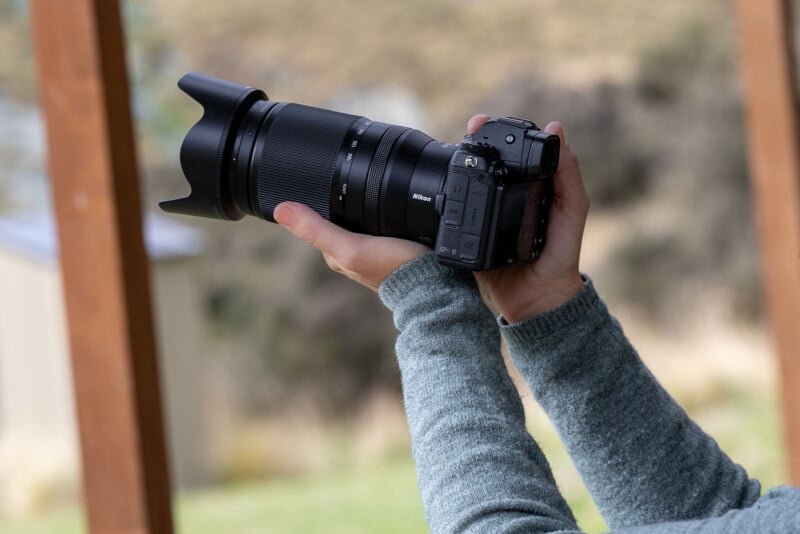
Will There Be an “Affordable” Complement to Your 70-200mm f/2.8?
DE: I was interested to see the way you’ve developed a parallel high-end and mid-range zoom lineup, with similar focal length ranges and apertures, with the 14-24mm f/2.8 ($2,499) and 24-70mm F2.8 ($2,396), and the 17-28mm f/2.8 ($1,196) and 28-75mm F2.8 ($996). Looking at your lens roadmap, will the coming 70-180mm zoom have a similar relationship to your current 70-200mm f/2.8? Might we see a similar approach to other focal length/aperture combos in the future?
KO: While we can’t comment on the specifics of future products, we are continuing to rapidly expand the lineup of NIKKOR Z lenses for our mirrorless cameras. Feedback from the market and listening to the needs of users play a significant role in development.
I almost never get a straight answer to this kind of question but I keep asking them, partly because I *occasionally* get an answer, and also because if I don’t ask any forward-looking questions I get pummeled by readers for not doing so. So this reply wasn’t unexpected but as it turns out, my supposition was correct. Nikon announced their NIKKOR Z 70-180mm f/2.8 lens on June 21, 2023, at a list price of $1,250.
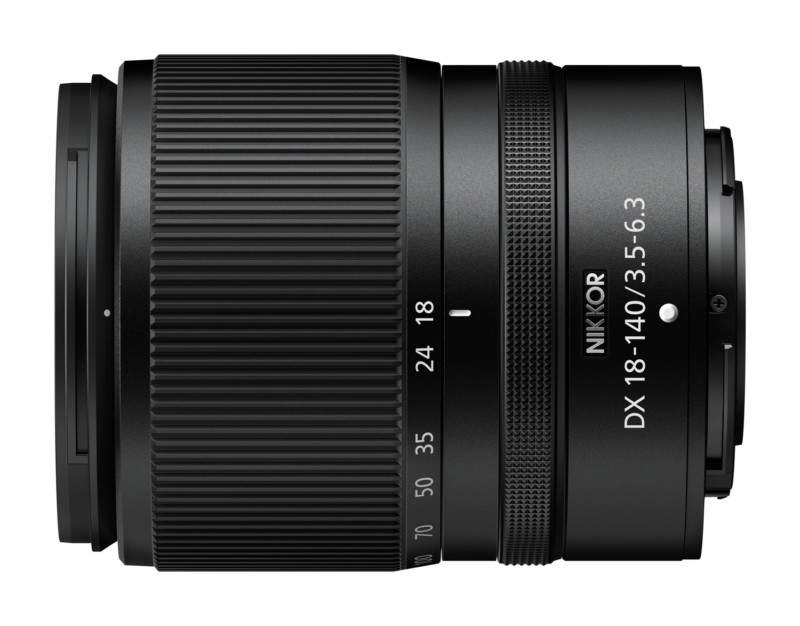
DX Lenses Are a Little Thin on the Ground. Will We See More in the Future?
DE: While you’ve been releasing lenses at a furious rate for the last several years, DX lenses are pretty thin on the ground. (For non-Nikon users, “DX” is Nikon’s designation for lenses with an APS-C size image circle.) While you do have a 24mm and 12-28mm PZ on the roadmap, that will still leave you with only 5 DX lenses in the lineup. Now that you’ve fleshed out the full-frame Z-mount portfolio, might we see more attention to the DX market in the future? – Or is it hard to make a business case for them, given that DX users buy far fewer lenses than full-frame ones do, and the full-frame lenses work just fine on DX cameras?
KO: Nikon’s strategy is to focus on mid-to-high-end mirrorless cameras and lenses, for which there is strong demand. However, we believe APS-C products are important as they function as an entrance for hobbyists. We are of course aware of the demand from the market for more APS-C lenses and are planning to expand the lens lineup in a way that will please our users.
It’s good news that Oishi-san says more DX lenses are coming in the future, although he’s also clear that their main focus will be on higher-end optics. This seems like an excellent area to look to third parties to help give Nikon’s buyers more viable options; the excellent Sigma 18-50mm f/2.8 lens comes to mind as a natural for the Z-mount.
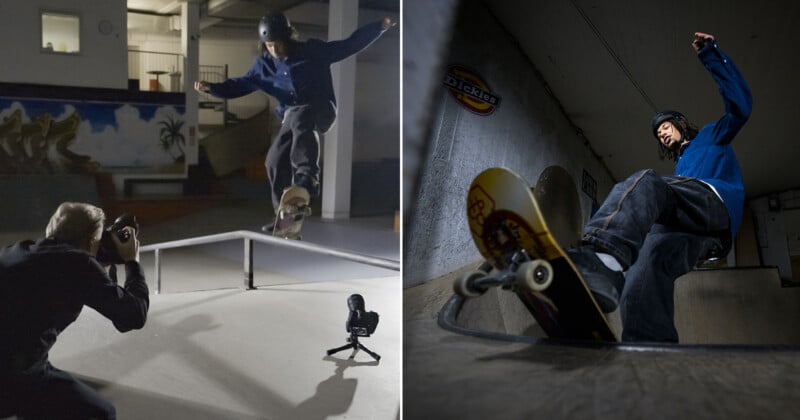
Will AI Extend Beyond Subject Recognition to Affect the Images Directly?
DE: This is a question I’m asking all the manufacturers: In the camera market, we’re seeing AI-based algorithms used for subject recognition, and to some extent scene recognition, but not for manipulating the images themselves. I’d characterize all these as “capture aids”, in that they more or less assist the photographer with the mechanics of getting the images they want, but they don’t affect the character or content of the images themselves. (HDR capture being an exception.) In contrast, smartphone makers have used extensive machine learning-based image manipulation, strongly adjusting image tone, color, and even focus in applications like night shots, portraits (adjusting skin tones in particular), and general white balance. I think it’s going to be critical for traditional camera makers to meet the image quality (or perhaps more accurately “image appeal”) offered by the phone makers. This feels like a distinct disadvantage for the camera manufacturers in the competition with smartphones. What can you say about Nikon’s strategy and work in this area?
KO: As a future initiative, there is area-specific image processing. When an image is shot, in addition to the main subject, such as a person, the captured image also includes backgrounds such as the sky or buildings. Applying image processing and noise reduction processing that is suitable for each of these areas makes it possible to capture high-quality images. For example, optimal noise reduction processing would be possible for areas with varied textures, such as bricks and the sky, as well as detecting the facial skin of human subjects for beautification. The use of machine learning (AI) makes it easier to detect the regions of an image. The accumulation of technology is a key factor in the completion of images that reflect the image processing performed in each area, which is a big advantage Nikon has.
In addition, with the improvement of AI and machine learning technology, the information that can be obtained from the subject and surroundings can be used not only for object detection in AF but is also effective for information that is useful in shooting, such as the area of the main subject. Given this, we can imagine automation of shooting that utilizes such technologies, realizing previously unimaginable shooting scenes and methods and creating new imaging experiences. Moving forward, we will continue to develop technology that enables creators to better focus on composition and timing.
This was one of the more interesting answers I got to this question. Most camera manufacturers responded by saying that their job was simply to produce the most “accurate” representation of each scene, as opposed to the sometimes-radical adjustments of tone and color applied by cell phone cameras in an attempt to produce good-looking photos in the face of difficult lighting.
Oishi-san’s reply suggests a similar feeling within Nikon since he didn’t speak to the question of modifying tone or color. Instead, his response focused on using AI to understand the parts of an image, so noise reduction can be optimized for different parts of the subject separately. I think many cameras attempt to do this already, albeit based solely on the statistical characteristics of each local area of the image. (For instance, if the camera’s processor sees an area of the image with a lot of high-frequency content, it will assume that it means that the subject itself has a lot of fine detail there, so it will back off on the noise reduction in that area.)
What Oishi-san is talking about goes much deeper than this. Rather than trying to infer subject content from local detail, the camera will know (e.g.) that this is a face, with skin tones in these areas where noise should be strictly limited, while these other areas correspond to eyelashes, where preserving fine detail is more important than minimizing noise.
Beyond this he hinted cryptically at “automation of shooting”, which made me think of automatic cropping and framing, to pick out and frame subjects in cluttered scenes. As it’s since turned out, that’s exactly what he was talking about: Nikon announced firmware version 4.0 for the Z9 on June 12, 2023, introducing a powerful Auto Capture function. You can set the camera to automatically capture either still images or video based on various criteria, including subject motion, subject distance, or the detection of a person, animal, or vehicle within the frame. It lets the Z9 be used as a remote camera that doesn’t need a person to control it or added gear like a long cable or radio remote to function. Natural applications include things like motorsports, track and field, and other sports and wildlife photography, putting the camera places where it wouldn’t be safe or practical to have a photographer standing.
Conclusion
This article is short enough that I won’t bother adding my usual bullet-point summary here at the bottom. Leave any (polite) thoughts or questions below, and I’ll try to monitor the comments for the next few days to respond to your questions and comments.